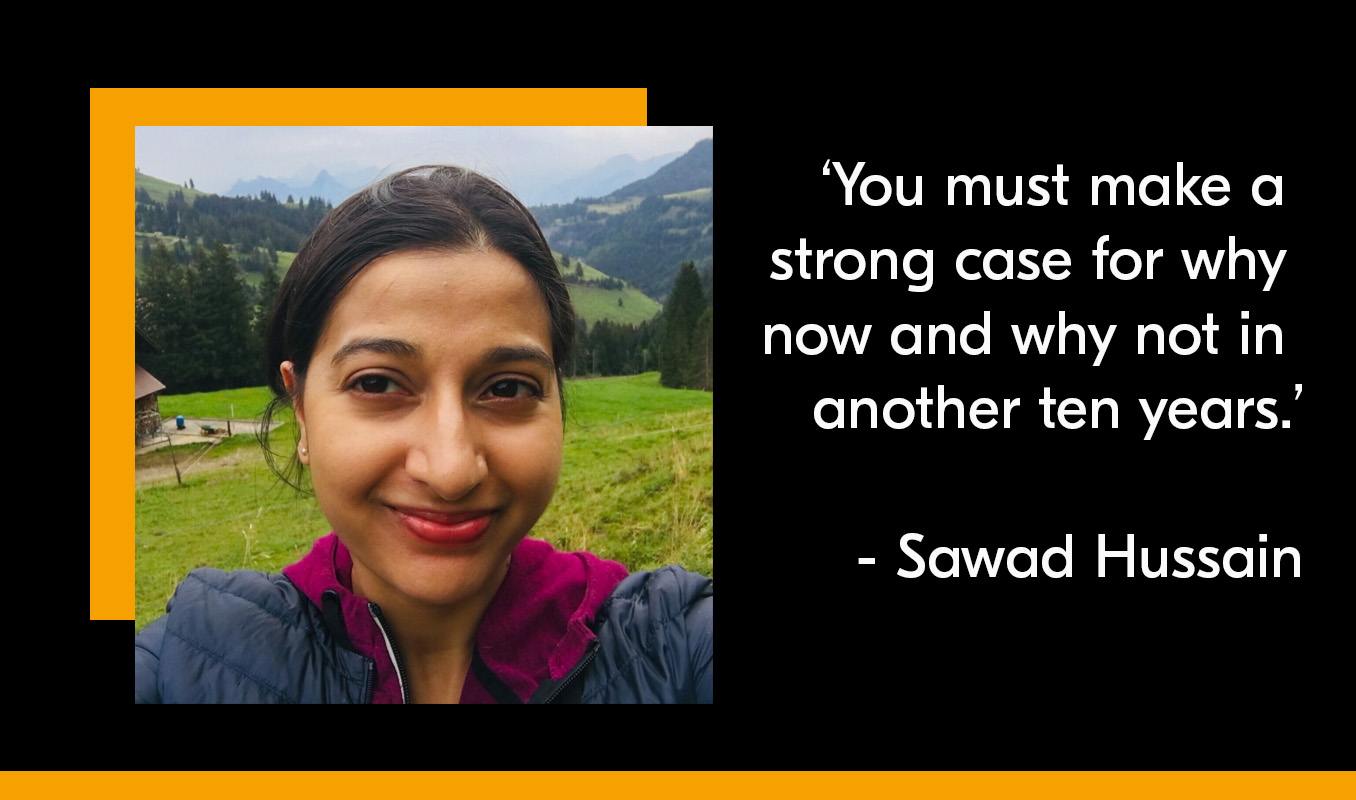
Pitching to publishers is an important but sometimes disheartening part of a literary translator’s work. To encourage you to keep on trying, our former Visible Communities virtual writer in residence, Sawad Hussain, offers her top five tips for attracting publishers’ attention and persuading them to commission the books you love and believe should be translated into English.
Be Memorable
The project is important but so are you. Don’t forget when submitting your pitch pack, to include your profile along with the author’s. These days with all the buzz around translator visibility, from my experience, publishers are invested in who is translating the book. Sure, it might be a runaway bestseller in the source language, but why should they pick you as the translator? Obviously your sample will be some of your best work, but what about you as a translator sets you apart. How will you be an asset to marketing the book? Are you for example, active in giving workshops on translation? Are you involved in reviewing literature from the region where your source language is spoken? Do you have a popular blog where muse about translation? As long as it’s translation adjacent, and you’re passionate about it, you need to make publishers aware of it. Be intentional about the books you’re pitching, and try to create a sort of tagline for yourself. For example, my focus is translating Arabic narratives from the African continent. It doesn’t mean that I can’t translate anything that doesn’t fall into that category, but it is definitely the focus of my translation practice.
Situate, situate, situate
Hands down the most painful thing I have to do when pitching, but also one of the most important things to help an editor find their footing – especially if you’re working from a ‘lesser translated’ language. I said ‘situate’ three times because you literally have three spheres within which you need to situate the work you’re pitching. The first is, within the source language literature. Is this a book that garnered critical acclaim? Or is it a work loved by the general public, with lots of buzz on Twitter and Facebook? Or something else altogether? Secondly, you need to situate the book within the English language literary arena. This helps publishers figure out how they’re going to market the book, what the target audience will be. I know there are a number of people who are against this practice of ‘comping’, for reasons I can completely sympathise with, but I still see it as necessary. The final sphere is within the publisher’s list itself. You don’t need to have read the entirety of the actual books, but some deep-dive Googling usually does the trick. Once you have provided these three footholds, editors usually feel more at ease and more informed in making a decision regarding your pitch.
Why now?
Whether it’s a classic or a contemporary hit, you must make a strong case for why now and why not in another ten years. Tying your book into current events is key and adds urgency to your pitch. It doesn’t have to be something that is political, but it could be cultural, or the anniversary of a certain event. By providing this rationale, it also gives editors the ammunition they need when they have to convince the rest of their team to acquire your title and publish it now.
Put the carrots in the email
I’ve heard (from the horse’s mouth) that some editors won’t open the attachments (your reader’s report, sample translation etc.) if you don’t grab their attention in the email itself. So make sure to put the punchy information in there. Things like:
- Has been translated into X,Y, and Z languages
- The work has been adapted for a Netflix series
- The author speaks English and has a strong media presence
- The work has won such and such awards
Always ask why
When editors say ‘no’, don’t take it as the end of the conversation, but rather as the beginning of a different one. I’ve pitched two, sometimes three projects to the same editor, each time asking for feedback so that I can get a better sense of what they are looking for. Honestly, sometimes out of frustration I have stopped pitching to a specific editor, but other times, I do manage to find something right up their street. Or, in an unexpected turn of events, they come to me with something. They’ve seen so much of my work through those pitches, they know exactly what sort of translator I am, and what I bring to the book they’d like to publish.
Got a question for Sawad? You can ask her more about pitching on Twitter @sawadhussain.
Sawad Hussain is an Arabic translator and litterateur who is passionate about bringing narratives from the African continent to wider audiences. Her translations have been recognised by English PEN, the Anglo-Omani Society, the Short Story Day Africa Prize, and the Palestine Book Awards, among others. She has lectured at IAIS at the University of Exeter, taught KS3 & KS4 Arabic in Johannesburg and Dubai, and run workshops introducing translation to students and adults under the auspices of Shadow Heroes, Africa Writes and Shubbak Festival. She holds an MA in Modern Arabic Literature from SOAS. Sawad Hussain is one of NCW’s Visible Communities translators in virtual residence in 2021.
You may also like...
5 tips for translating culture
Essential advice from translator Nazry Bahrawi

30th September 2021
Creativity and Claustrophobia: Translating Sri Lankan Tamil Poetry
Visible Communities virtual writer in residence, Shash Trevett, reflects on her poetry

14th September 2021
A Life in Translation
Ngugi wa Thiong’o on his career and the issues surrounding writing and translation today

8th February 2017






